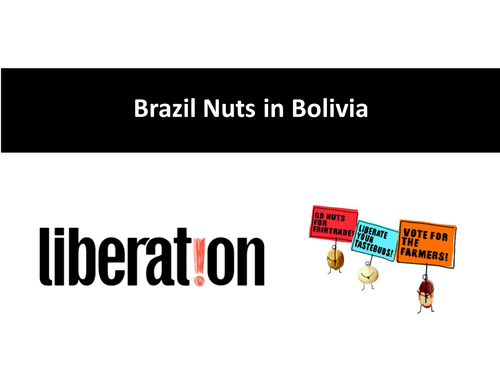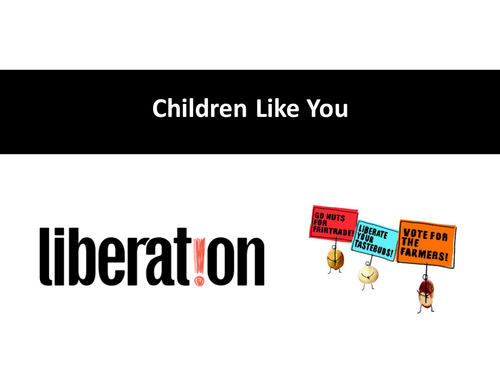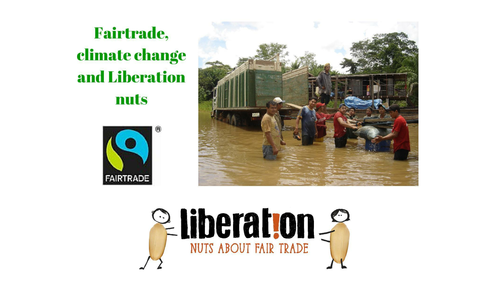12Uploads
3k+Views
2k+Downloads
Cross-curricular topics

How Fairtrade nuts are made activity
Print out and cut out these pictures. Arrange them into chronological order, starting with the nuts being produced, and ending with them in the UK. Use this to prompt discussion among the class over, for example, how many people are involved in the process.
Key Stage 1
Geography: City, town, village, factory, farm, house, office, port, harbour, shop

Fairtrade nut producer's 'children like you' pictures
Use this resource to discuss the similarities and differences between the lives of your children and these Fairtrade nut producer's children. Use this as a presentation, pictures to pass around, or print out as a book.
Key Stage 1
Geography: Similarities and differences between a small area of the UK and a non EU country

Fairtrade, nuts and climate change presentation
How Fairtrade nut producers deal with, and are affected by climate change. A short presentation for older audiences who are interested in the links between social and environmental justice.
Related reading:
http://sustainablehackney.org.uk/profiles/blogs/liberation-for-climate-change-mitigation
Key Stage 3
Geography: Follow up with: physical geography processes and change- evidence and causes of climate change
Chemistry: Follow up with: the production of carbon dioxide by human activity and the impact on climate.
Key Stage 4
Geography: Examples of extreme weather for changing weather and climate- follow up with scientific explanation.
Biology: Anthropogenic cause of climate change.
A Level
Environmental Studies: Control of global Climate Change, food production systems.
Geography: International trade, including access to markets, inequality and 'fair trade'; the nature of economic, political, social and environmental interdependence in the contemporary world; inequities of global systems and how they can result in unemployment, poverty and declining welfare standards for some people and localities, and advantages for other people and localities;
food production, circulation and consumption.



